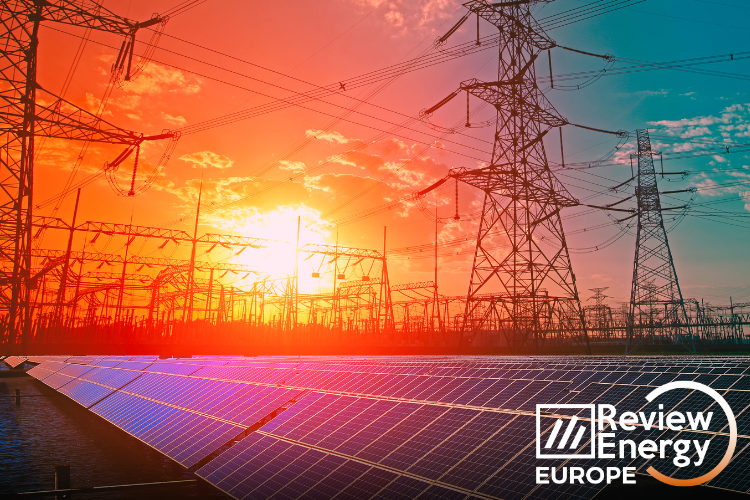
SolarPower Europe predicts 25% drop in energy prices by 2030 with enhanced grid flexibility and renewables
A new analysis by SolarPower Europe reveals that an increased focus on renewables and grid flexibility can significantly reduce electricity prices. According to their findings, implementing these strategies could cut average day-ahead energy prices by 25% by 2030 and by a third by 2040. The integration of more renewables and enhanced grid flexibility is poised to boost European competitiveness while ensuring sustainable growth in the energy sector.
Electrification and flexibility: key to reducing solar curtailment
The study highlights that electrification and grid flexibility are crucial in minimizing solar curtailment. By 2030, these measures could reduce curtailment by two-thirds and by half in 2040 compared to current baselines. This reduction not only avoids wasting solar energy but also supports the sustainable expansion of solar photovoltaic (PV) systems across Europe.
Scaling solar capacity to meet future demand
With a flexible, electrified energy system, the EU has the potential to vastly increase its solar capacity. By 2040, Europe could host up to 2.4 terawatts (TW) of solar power, which would meet 39% of the bloc's electricity demand. This expansion is significantly higher than the 750 gigawatts (GW) target set by the EU Solar Strategy for 2030, indicating a robust pathway towards meeting future energy needs sustainably.
Economic benefits: cost savings and enhanced competitiveness
The new modelling suggests that these changes will bring substantial economic benefits. Average day-ahead energy prices could decrease by 25% by 2030 and 33% by 2040. Furthermore, solar capture prices are projected to be 71% higher in 2030 and 54% higher by 2040 compared to the baseline. This price dynamic supports solar project developers, ensuring the continued growth and viability of solar investments.
System-wide cost savings
Electrification and flexibility not only benefit consumers and developers but also lead to significant system-wide cost savings. The report estimates annual savings of €30 billion by 2030 and €160 billion by 2040. These savings underscore the financial advantages of transitioning to a more flexible and electrified energy system.
CEO’s call to action
Walburga Hemetsberger, CEO of SolarPower Europe, emphasized the urgency of the energy transition. She stated, "It is time to take the next step in energy transition. We need a flexibility revolution, surrounding renewables with grids, storage, and electrification. The new political cycle is an opportunity to build the new energy transition agenda. We call on EU leaders to implement the existing electricity market regulation, set new targets for renewables and flexibility to 2040, and adopt an EU electrification action and investment plan as soon as possible."
Mission solar 2040: mapping the future
SolarPower Europe’s report, Mission Solar 2040: Europe’s Flexibility Revolution, outlines three scenarios: solar-as-usual (SAU), solar + flexibility (SF), and solar + flexibility + electrification (SFE). Compared to SAU, the SFE scenario reduces solar curtailment by 66% in 2030 and 49% in 2040. Efficient solar energy utilization in these scenarios leads to broad economic gains and supports sustainable energy development.
According to Solar Power, with a flexible, electrified system, more solar can be added to the grid. By the end of this decade, the EU could reach 1.2 TW of solar, much higher than the 750 GW EU Solar Strategy goal. By 2040, the EU could host 2.4 TW of solar, meeting 39% of the bloc’s growing power demand.
Recommendations for EU leadership
To achieve these ambitious targets, the report recommends that incoming EU leadership:
- Set EU targets for renewables and flexibility for 2030 and 2040. Flexibility targets do not exist today, explaining the lack of political oversight and progress on that front.
- Improve energy system modelling capacities, by strengthening the Agency for European Regulators (ACER) and by setting up a new EU Energy Agency to reinforce energy system forecasting.
- Unlock investment in flexibility across the energy system, primarily by ensuring full implementation of agreed electricity market legislation.
- Adopt an EU Electrification Action and Investment Plan within the first 100 days of the next Commission’s mandate.
Understanding flexibility and electrification
Flexibility refers to the ability of electricity consumers, generators, or other technologies to adjust their electricity input or consumption in response to grid needs. This adaptability reduces the need for extensive grid infrastructure and optimizes energy usage. Practical examples include solar power plants paired with battery storage or smart charging stations that utilize surplus solar power.
Electrification involves transitioning the energy system to rely primarily on electricity rather than combustion. This shift encompasses using electric vehicles, induction cookers, and other electric-powered devices. Currently, 24% of Europe’s energy system is electrified, and this figure needs to reach at least 60% by 2050 to achieve climate neutrality.


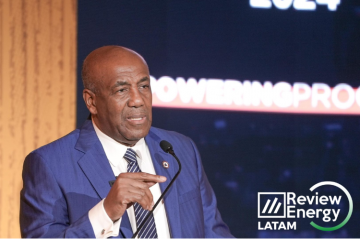
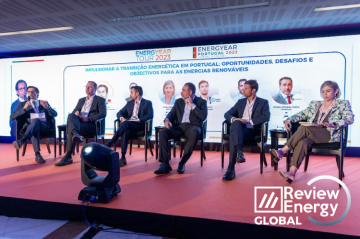
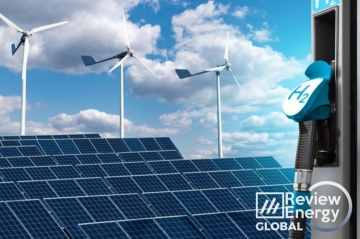
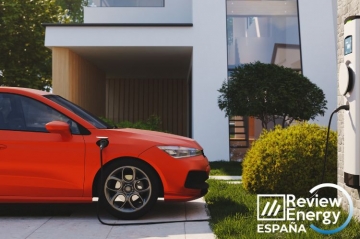

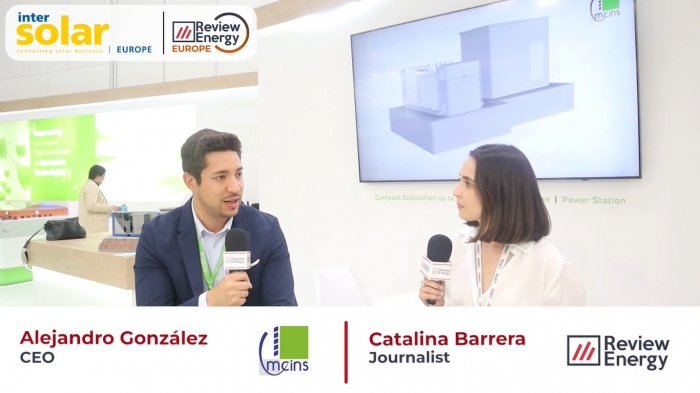

Comentarios
Sé el primero en comentar...